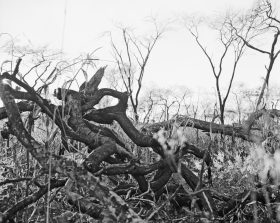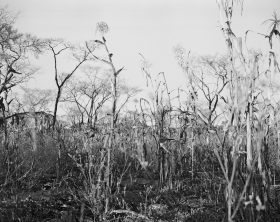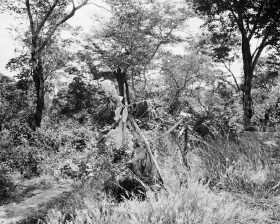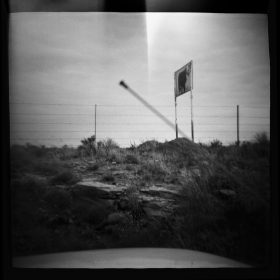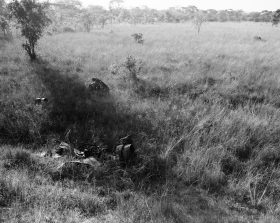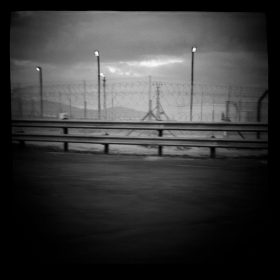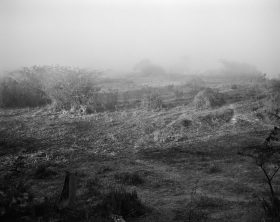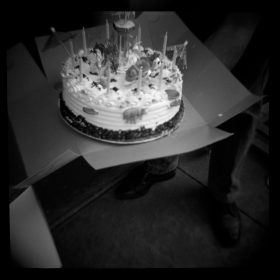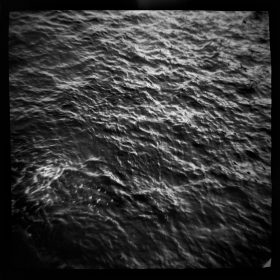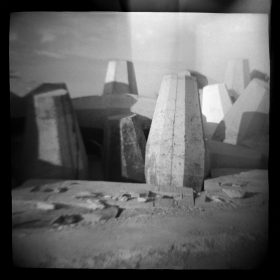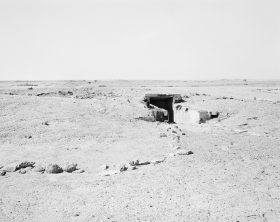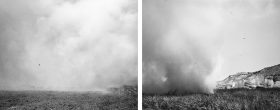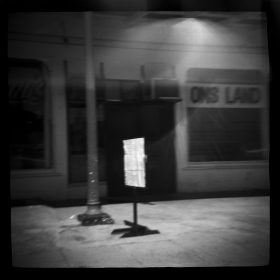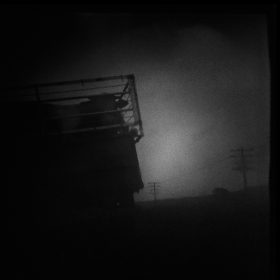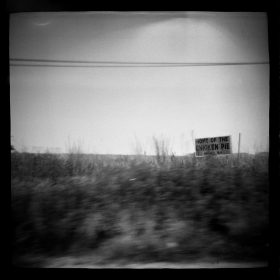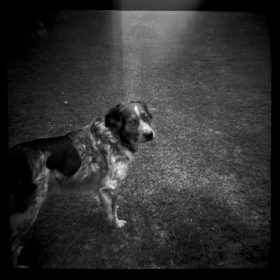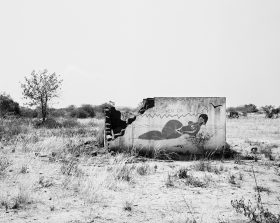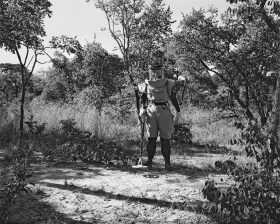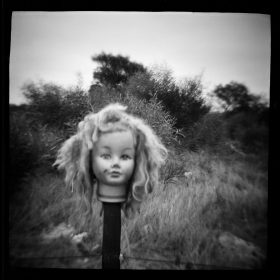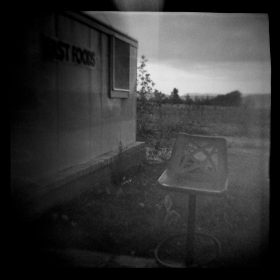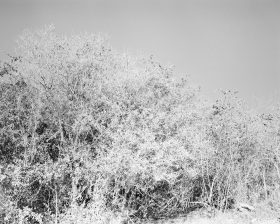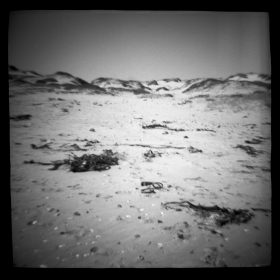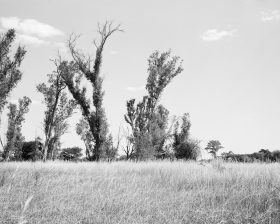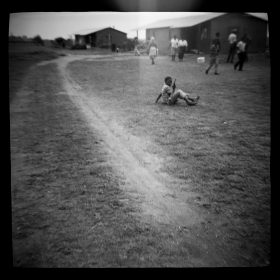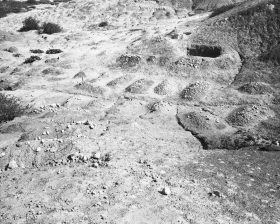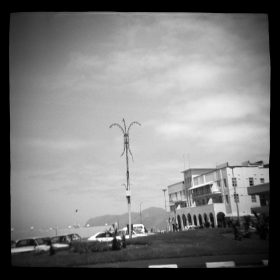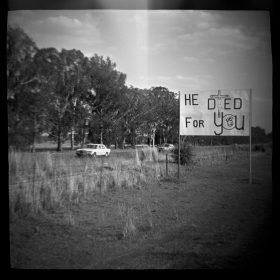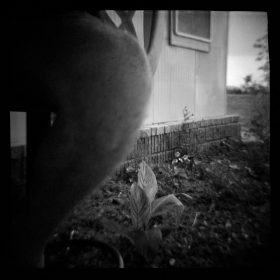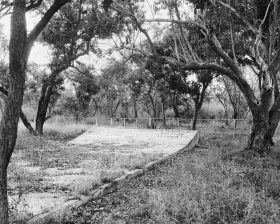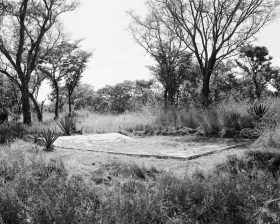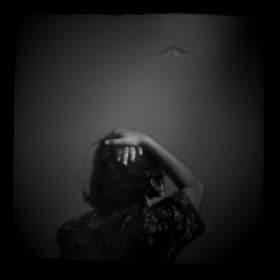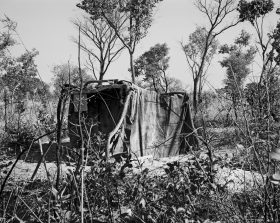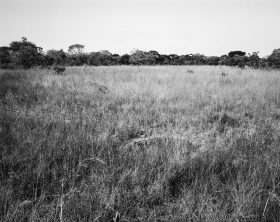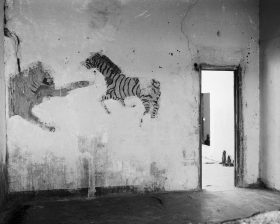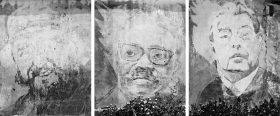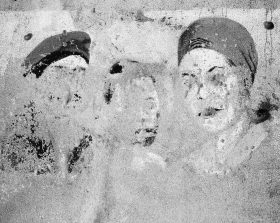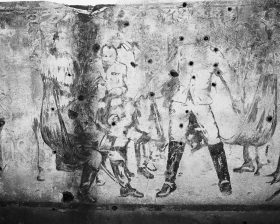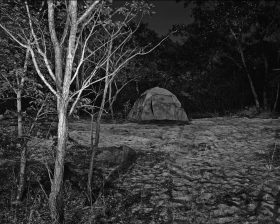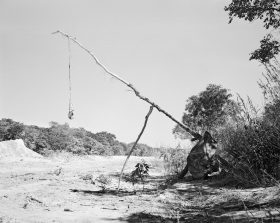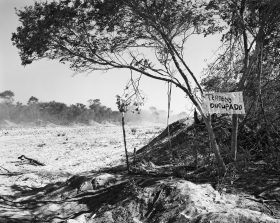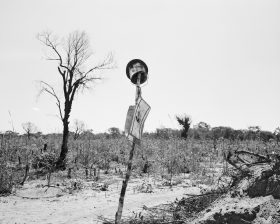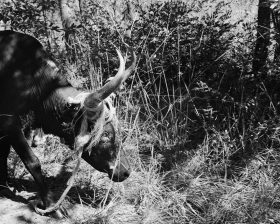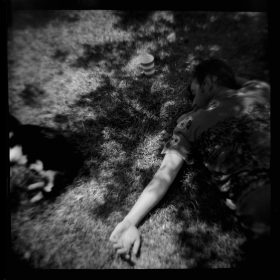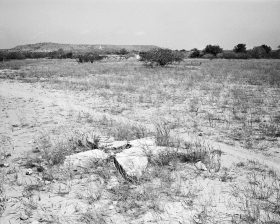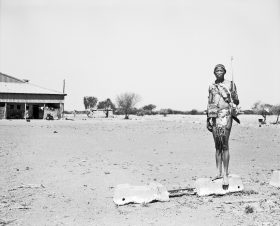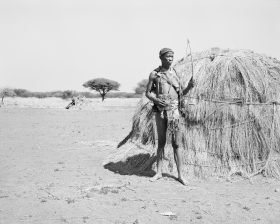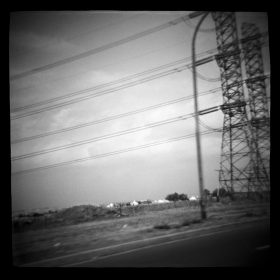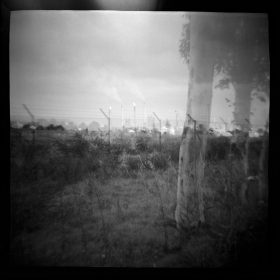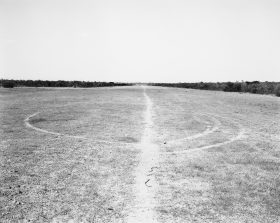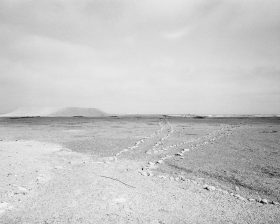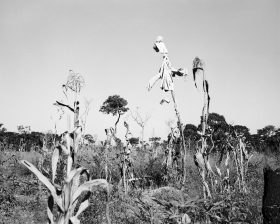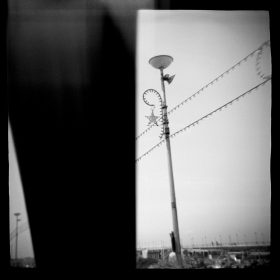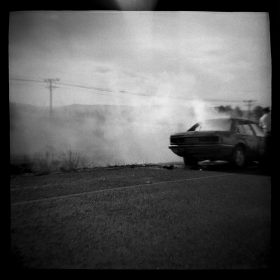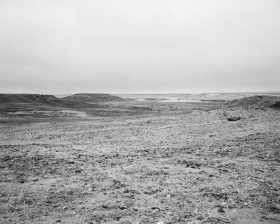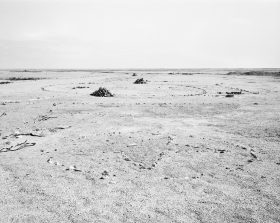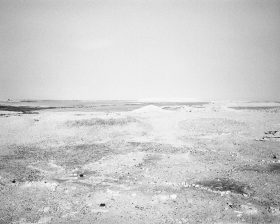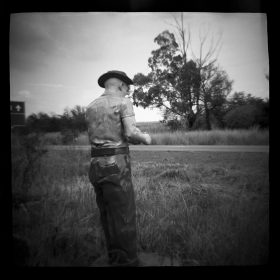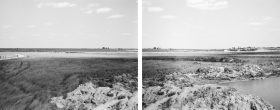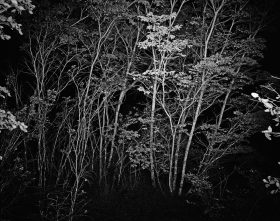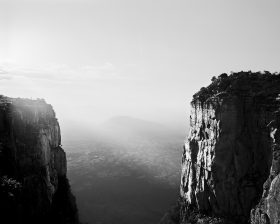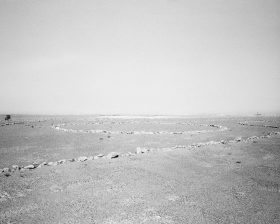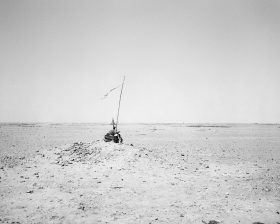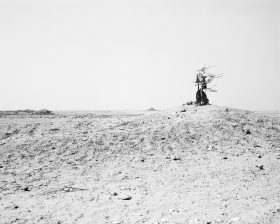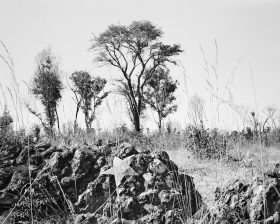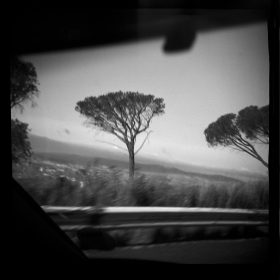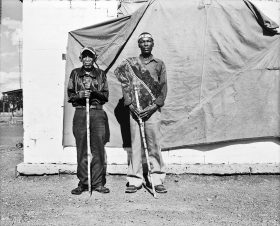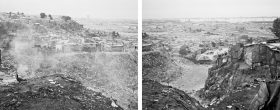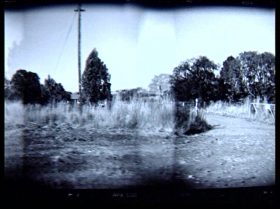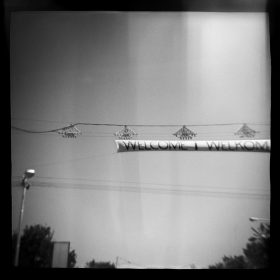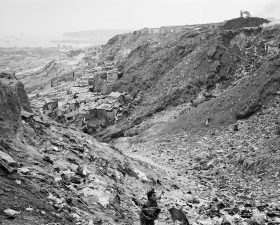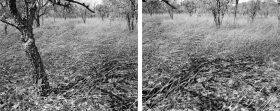Artworks by Ractliffe, Jo
![Jr 1806 04]()
31/201 Battalion Commemoration Service, Platfontein
![Jr-952-09]()
Abandoned cornfield near Indungo I
![Jr-952-10]()
Abandoned cornfield near Indungo II
![Jr-952-18]()
Abandoned scarecrow near Menongue
![Jr 174 02]()
Aerial
![Jr-952-15]()
Ambush site near Mupa
![Jr 174 03]()
Barrier
![Jr-952-34]()
Battlefield near Caiundo on the way to Savate
![Jr 174 04]()
Birthday Cake
![Jr 174 05]()
Black Sea
![Jr 174 06]()
Bollards
![Jr-952-44]()
Bunker, Cuban base, Namibe
![Jr-952-38]()
Burning field, Dombe Grande
![Jr 174 07]()
Butcher
![Jr 174 08]()
Cattle Truck
![Jr 174 22]()
Chicken Pie
![Jr 174 09]()
Christmas
![Jr-952-29]()
Comfort Station, FAPLA base, Lobito
![Jr 166 08]()
Commissioner St cnr Crown St, Jeppestown, Commissioner St, Marshalltown, Commissioner St cnr Smal St, Commissioner St cnr Eloff St, Johannesburg central
![Jr 166 06]()
De Beer St, Braamfontein
![Jr-952-19]()
Deminer near Cuvelai
![Jr 174 10]()
Doll's Head
![Jr 174 11]()
Dusk
![Jr-952-25]()
Dusty bush, Savate
![Jr 166 01]()
East Rand Proprietary Mines, Germiston
![Jr 166 02]()
East Rand Proprietary Mines, Germiston
![Jr 174 18]()
Empty Beach
![Jr-952-13]()
Field with eucalyptus trees at Cassinga
![Jr 166 03]()
Goch St cnr Bree St Carr St Goch St, Newton
![Jr 174 23]()
Gun Play
![Jr 166 05]()
Highland St Highlands, Percy Street, Yeoville
![Jr-952-31]()
Hillside graves near Dombe Grande
![Jr 174 24]()
Hotel
![Jr 166 04]()
Jeppe St cnr West St, Newton
![Jr 174 25]()
Jesus
![Jr 174 12]()
Knee Cap
![Jr-952-06]()
Mass grave at Cassinga I
![Jr-952-07]()
Mass grave at Cassinga II
![Jr 174 01]()
Microlite
![Jr-952-20]()
Mine pit near Mucundi
![Jr-952-04]()
Mined forest outside Menongue on the road to Cuito Cuanavale
![Jr-952-14]()
Minefield near Mupa
![Jr-952-33]()
Mural in an abandoned schoolhouse, Cauvi
![Jr-952-49]()
Mural portraits depicting Fidel Castro, Agostinho Neto and Leonid Brezhnev, painted on the wall of a house in Viriambundo, Angola, circa 1975
![Jr-952-36]()
Mural, FAPLA base, Chinguar
![Jr-952-26]()
Mural, FAPLA base, Lobito
![Jr-952-50]()
My tent at Longa
![Jr-952-01]()
On the road to Cuito Cuanavale I
![Jr-952-05]()
On the road to Cuito Cuanavale III
![Jr-952-12]()
On the road to Cuito Cuanavale IV
![Jr-952-22]()
On the road to Jamba
![Jr 174 13]()
Palm
![Jr-952-28]()
Parade ground, FAPLA base, Lobito
![Jr 1806 03]()
Petrus Kalesh, veteran soldier of "Omega" 31/201 Battalion, Schmidtsdrift
![Jr 1806 02]()
Petrus Kalesh, veteran soldier of "Omega" 31/201 Battalion, Schmidtsdrift (portrait under instruction)
![Jr 174 14]()
Pylon
![Jr 174 15]()
Refinery
![Jr-952-45]()
Remains of the trench system, Cuban base, Namibe
![Jr-952-27]()
Runway with helipad at Longa
![Jr-952-40]()
SAM missile bunkers, Cuban base, Namibe
![Jr-952-16]()
Scarecrow in a cornfield near Chitembo
![Jr 174 16]()
Seaside
![Jr 166 07]()
Simmonds St cnr Marker St Rissik St Pritchard St, Johannesburg Central
![Jr 174 17]()
Smoking Car
![Jr-952-48]()
Soldiers training in the desert near Namibe
![Jr-952-43]()
Stone cairns and circles, Cuban base, Namibe
![Jr-952-39]()
Stone map of Angola, Cuban base, Namibe
![Jr 174 20]()
Strawberry Man
![Jr-952-17]()
The battlefield at Cuito Cuanavale
![Jr-952-23]()
Trees at Longa
![Jr-952-35]()
Tundavala Gorge, Lubango
![Jr-952-41]()
Turning circle, Cuban base, Namibe
![Jr-952-46]()
Unidentified memorial in the desert, south of Namibe I
![Jr-952-47]()
Unidentified memorial in the desert, south of Namibe II
![Jr-952-03]()
Unmarked mass grave on the outskirts of Cuito Cuanavale
![Jr 174 21]()
Verge
![Jr 1806 01]()
Veteran soldiers of "Omega" 31/201 Battalion, Paulo Cassanga and Automover Kakenge, Schmidtsdrift (portrait under instruction)
![Jr-950-02]()
View of Boa Vista from Roque Santeiro Market
![Jr 163]()
Vlakplaas: 2 June 1999 (drive-by shooting)
![Jr 1796]()
Vlakplaas: 2 June 1999 (drive-by shooting)
![Jr 174 19]()
Welcome
![Jr-950-01]()
Woman on the footpath from Boa Vista to Roque Santeiro market
![Jr-952-24]()
Woodland near Cassinga

